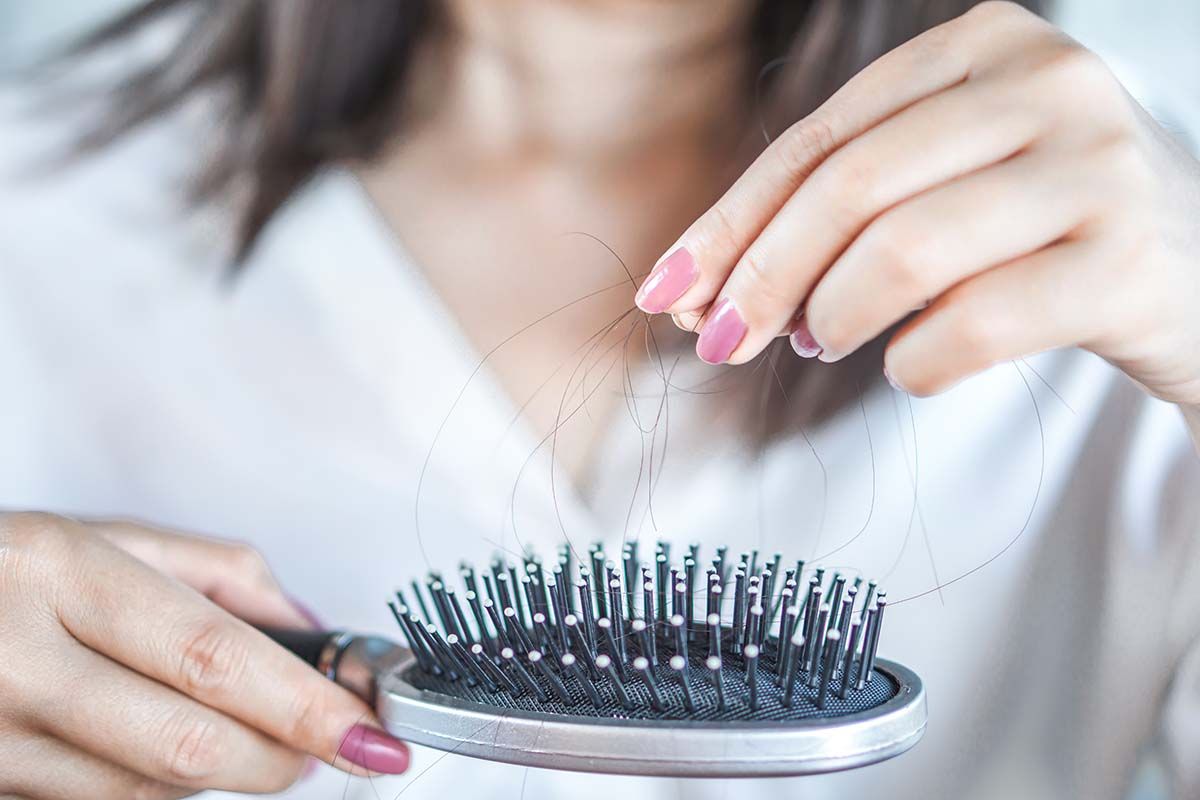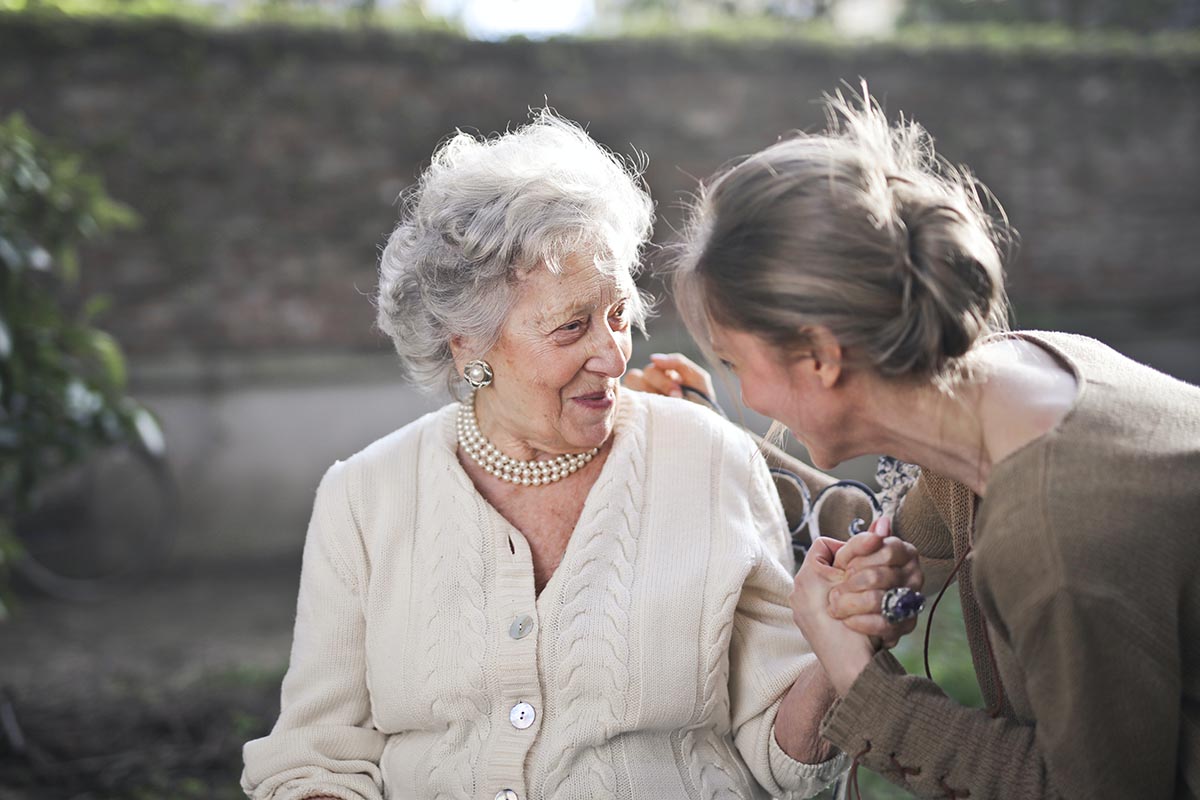The science of hair and the remedies for its loss
Hair loss is among the many health issues humanity has suffered and dreaded for thousands of years, making it the victim of libel. Hundreds of myths about hair loss were sprung from the feeble reality of imagination.
A select few tales emerged to provide those affected with the consolation of false hopes to retain what was lost, while others camouflage the characteristics of the condition with conjectures stripped of any scientific basis for the sole purpose of boosting the self-esteem of those with a receding hairline.
Whether the intention is for entertainment or support, it’s time popular those myths fade away. Because although innocuous, they can be misleading.
Here is the truth about hair loss
Hair loss is not the criminal doings of one condition. Various factors affect hair loss and growth. However, only one condition will have your follicular units permanently dormant in cold blood, the notorious androgenic alopecia.
An inherited disease that affects nearly 50% is the male population at varying degrees; androgenic alopecia is not yet fully understood.
How testosterone can bring about different fates in follicular units based on their location on the body remains a puzzle. For although DHT could mean the end for follicular units on your scalp, their effects on body hair is the polar opposite.
A common misconception about androgenic alopecia is that it’s the result of increased testosterone. Of course, that statement is not founded on scientific facts.
The reality is that androgenic alopecia is attributed to the spectrum of androgen sensitivities among follicular units.
Follicular units closer to the crown and hairline, are more susceptible to hair loss because they have higher numbers of DHT receptors, in comparison to follicular units at the back of the scalp which tends to be resistant to the effects of DHT.
Reversing hair loss
The available medications and treatments for androgenic alopecia are split into two categories, advanced and non-advanced hair loss.
Non-advanced hair loss
For non-advanced hair loss, patients are advised to seek either Minoxidil or Finasteride.
Minoxidil
Minoxidil is a solution that comes as a serum that increases blood flow in follicular units, ensuring their growth. The serum has to be applied twice a day consistently because results will disappear once the medication is stopped.
Finasteride
Finasteride is a pill that tackles the issue of androgenic alopecia by disabling the activity for the 5-alpha-reductase enzyme, which in turn, hamstrings the conversion of testosterone it’s more problematic version, DHT.
Remedies for advanced hair loss
The dormancy of follicular units marks the point at which reviving the tissue is a dream unattainable. To reverse the permanent effects of androgenic alopecia, the only practical solution is hair transplants.
Hair translation is a microsurgery that extracts follicular units from areas of stable hair growth and implants then I’m a balding scalp. The results of the procedure are natural-looking and permanent.
Pioneer hair transplant centers such as the Vera Clinic offer free hair transplant consultations to address your concerns.





















